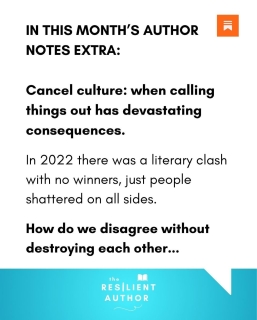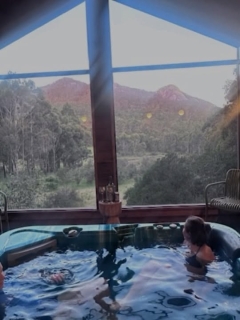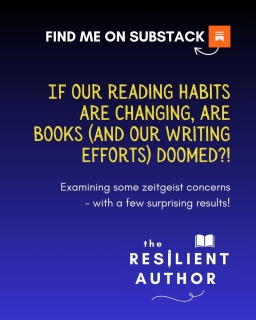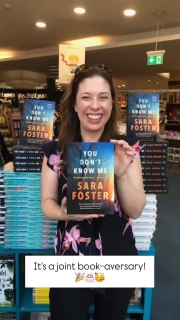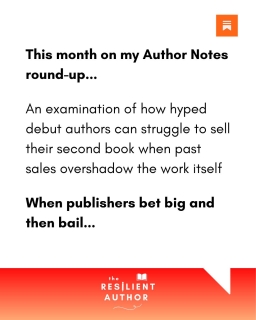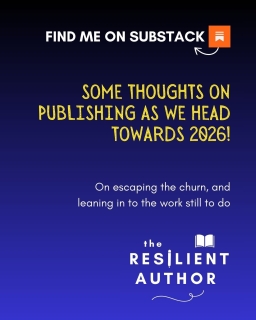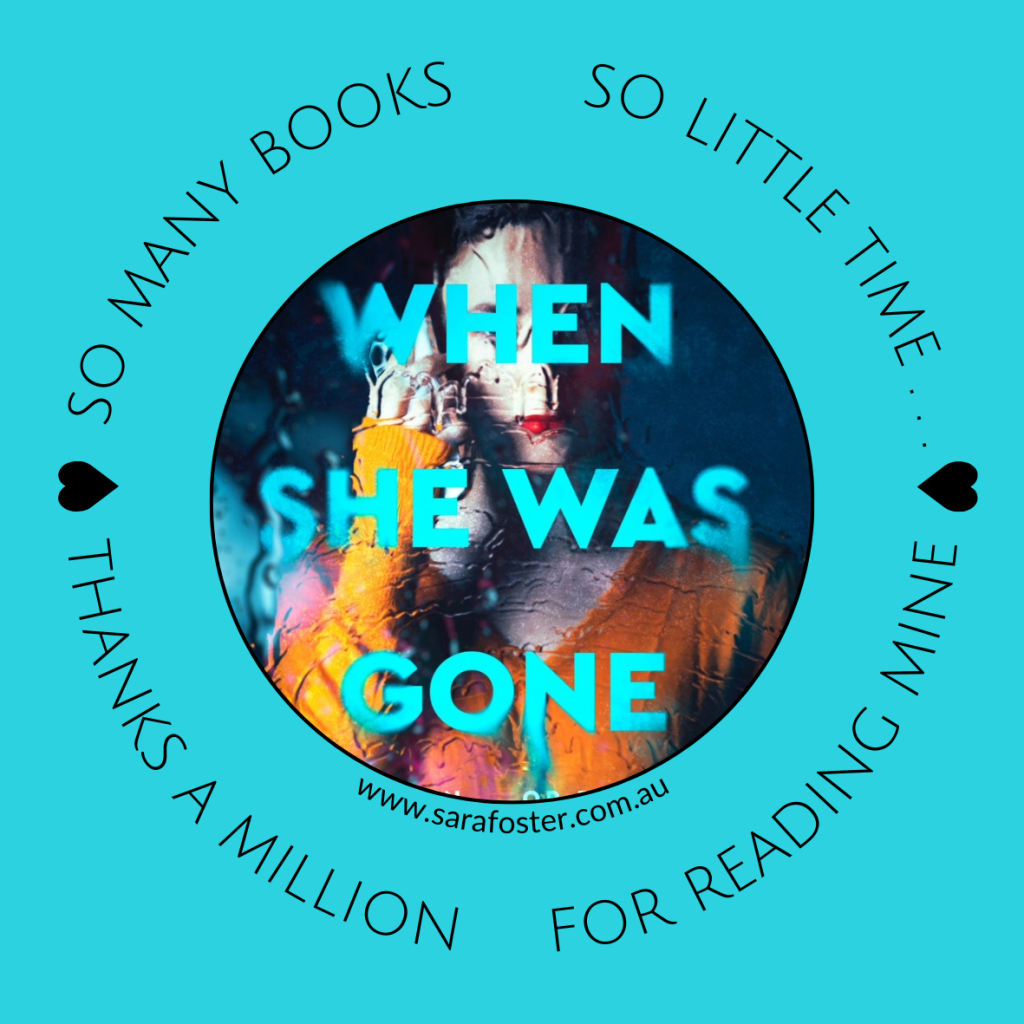 The Indian Ocean on Sunday was cold enough to steal your breath, but we barely noticed. For the fourth time in my life I had the privilege of swimming with dolphins in their own environment – on this occasion with Rockingham Wild Encounters. There are approximately 200 dolphins in the area, and every day the boat sets out to find them. If they are lucky enough to come across a group willing to socialise, tourists enter the water in small groups and form chains by holding onto each other’s weight belts, while being towed along. This calm entry and relaxed behaviour in the water causes minimal disturbance, and the dolphins respond enthusiastically, swimming close enough that I was half expecting to feel the hefty flick of a fin or tail. There is a ‘no touching the dolphins’ rule on the tour – stipulated because skin contact can pass on harmful bacteria. However, this also means is that these dolphins are used to humans who keep a respectful distance, and as a result they are prepared to come much nearer, and even bring their young close too. At one stage on Sunday we had nine dolphins around us – and a dolphin even stopped and ‘buzzed’ me – just like Nicky the dolphin does to Desi in Shallow Breath (and if you’ve read the book you’ll know what that means!)
The Indian Ocean on Sunday was cold enough to steal your breath, but we barely noticed. For the fourth time in my life I had the privilege of swimming with dolphins in their own environment – on this occasion with Rockingham Wild Encounters. There are approximately 200 dolphins in the area, and every day the boat sets out to find them. If they are lucky enough to come across a group willing to socialise, tourists enter the water in small groups and form chains by holding onto each other’s weight belts, while being towed along. This calm entry and relaxed behaviour in the water causes minimal disturbance, and the dolphins respond enthusiastically, swimming close enough that I was half expecting to feel the hefty flick of a fin or tail. There is a ‘no touching the dolphins’ rule on the tour – stipulated because skin contact can pass on harmful bacteria. However, this also means is that these dolphins are used to humans who keep a respectful distance, and as a result they are prepared to come much nearer, and even bring their young close too. At one stage on Sunday we had nine dolphins around us – and a dolphin even stopped and ‘buzzed’ me – just like Nicky the dolphin does to Desi in Shallow Breath (and if you’ve read the book you’ll know what that means!)
They stayed and swam with us on Sunday because they wanted to – there was no feeding, no tank walls, no training or tricks. When they’d had enough they moved on, and we got back on the boat and tried to find another group who might want to play. We saw them nursing, playing, rooting in the sand for prey, and swimming as a pod, the mothers and aunties hovering protectively over the youngsters. It was beautiful. As always, while in the water with them I briefly forgot everything else.
A dolphin’s use of echolocation gives them a kind of X-ray vision. They can see right through us. Scientists are still examining exactly what they might see, but perhaps it’s more interesting to note what they won’t see. They don’t see us driving our cars, building houses and cities or destroying them. They don’t see the shopping malls, the skyscrapers, our artwork, our aeroplanes, our space rockets, or our televisions. They know nothing of the world wide web. What they might see is an ungainly group of visitors, who can’t hope to match their graceful silhouettes, who breathe heavily through plastic snorkels. Masters of their own environment, they can see right through us.
The dolphins on Sunday reminded me of exactly why I wrote Shallow Breath.

col-md-2








 The night got into full swing so rapidly that only hours later, when I went to bed, did I realise I hadn’t had time to put my heels on, and I’d spent all night in my sandals! We had door prizes and a book cover quiz, and then Julienne van Loon gave a wonderful speech to launch the book. She mentioned that there is a a marked bias towards male writers in writing about the ocean, and it’s gratifying to think I’ve played a small part in redressing that. I spoke about my inspirations for Shallow Breath, and then handed over to Leif Cocks, founder of the Orangutan Project, who talked a little about the dire straits orangutans are in today. Orangutans are one of five animals that feature in Shallow Breath, along with dolphins, whale sharks, kangaroos and elephants, so it was great to have Leif there to talk about some of the facts going on behind the fiction.
The night got into full swing so rapidly that only hours later, when I went to bed, did I realise I hadn’t had time to put my heels on, and I’d spent all night in my sandals! We had door prizes and a book cover quiz, and then Julienne van Loon gave a wonderful speech to launch the book. She mentioned that there is a a marked bias towards male writers in writing about the ocean, and it’s gratifying to think I’ve played a small part in redressing that. I spoke about my inspirations for Shallow Breath, and then handed over to Leif Cocks, founder of the Orangutan Project, who talked a little about the dire straits orangutans are in today. Orangutans are one of five animals that feature in Shallow Breath, along with dolphins, whale sharks, kangaroos and elephants, so it was great to have Leif there to talk about some of the facts going on behind the fiction. We also had an unexpected final speaker. My three-year-old daughter Hannah decided she’d like to say a few words – and now everyone knows she’s expecting a unicorn for Christmas I’m going to have to try to find one. Wish me luck with that!
We also had an unexpected final speaker. My three-year-old daughter Hannah decided she’d like to say a few words – and now everyone knows she’s expecting a unicorn for Christmas I’m going to have to try to find one. Wish me luck with that!









